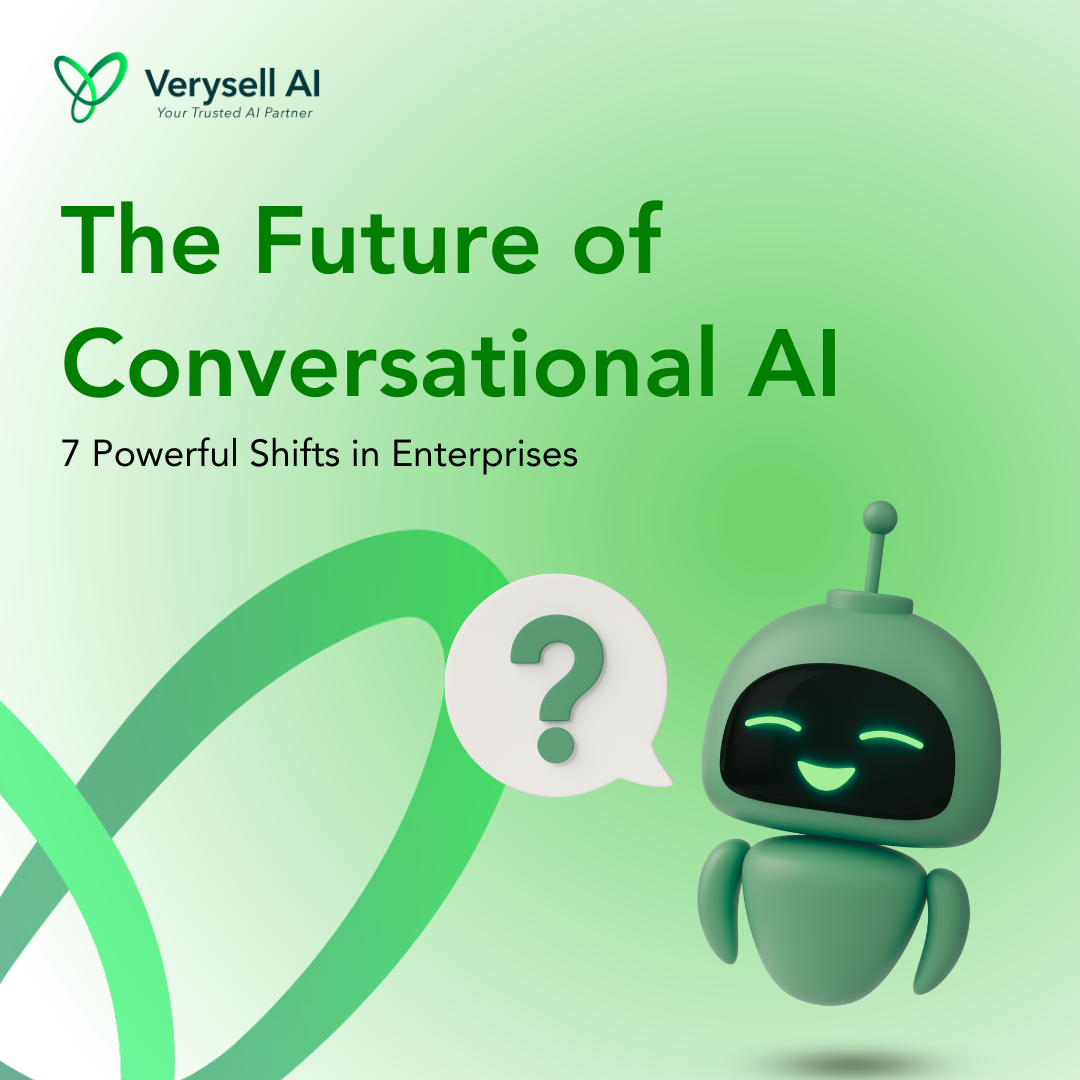In recent years, conversational AI has shifted from novelty to necessity within modern organizations. Once limited to answering FAQs, the technology is now evolving toward enterprise-grade assistants, which are systems capable of meaningful reasoning, deep integration, and continuous learning. This article explores the evolution, current trends, and how Verysell AI’s solutions fit into the emerging landscape.
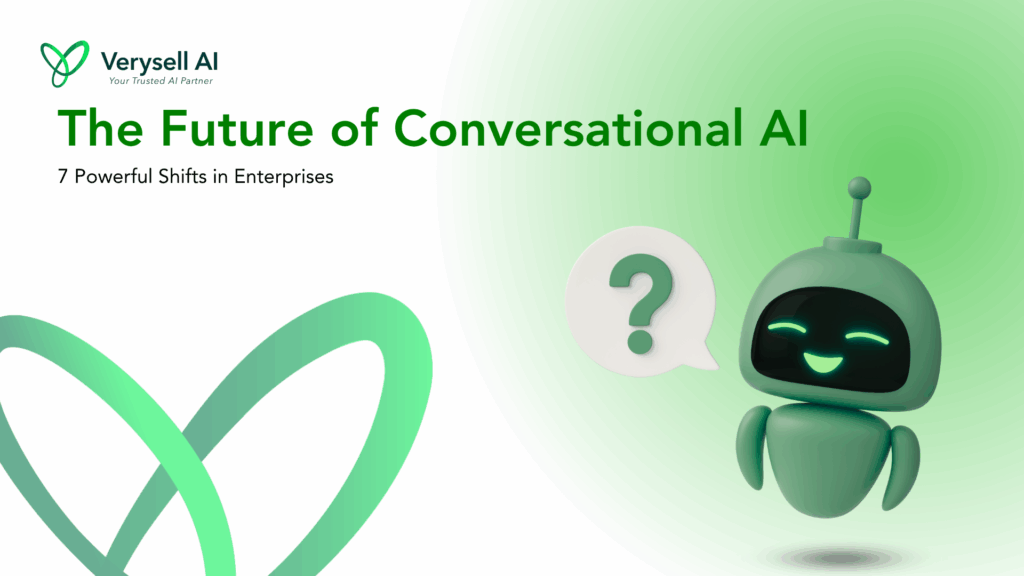
1. What Is Conversational AI?
Conversational AI refers to systems that enable interactive dialogue with humans using natural language (text, voice, or multimodal inputs). Rather than following rigid rules, these systems typically combine:
- Natural Language Understanding (NLU) to parse user intent and extract entities
- Dialogue management and context tracking to maintain coherent multi-turn exchanges
- Response generation or retrieval (template, retrieval-augmented generation, or generative models)
The aim is to mimic human conversational flows and provide useful, contextually appropriate responses.
Historically, conversational AI has often been equated with chatbots, but that is a narrow view. In academic discourse, conversational AI in enterprise contact centers is sometimes called Contact Center AI (CCAI), representing more advanced systems that bring together conversation, knowledge systems, and service orchestration. (Raghu Chukkala, 2025)
Today, the term embraces a spectrum from customer-facing bots to fully autonomous assistants embedded in organizational workflows.
As the technology matures, the distinction between “chatbot” and “assistant” is increasingly meaningful: chatbots answer, assistants collaborate.
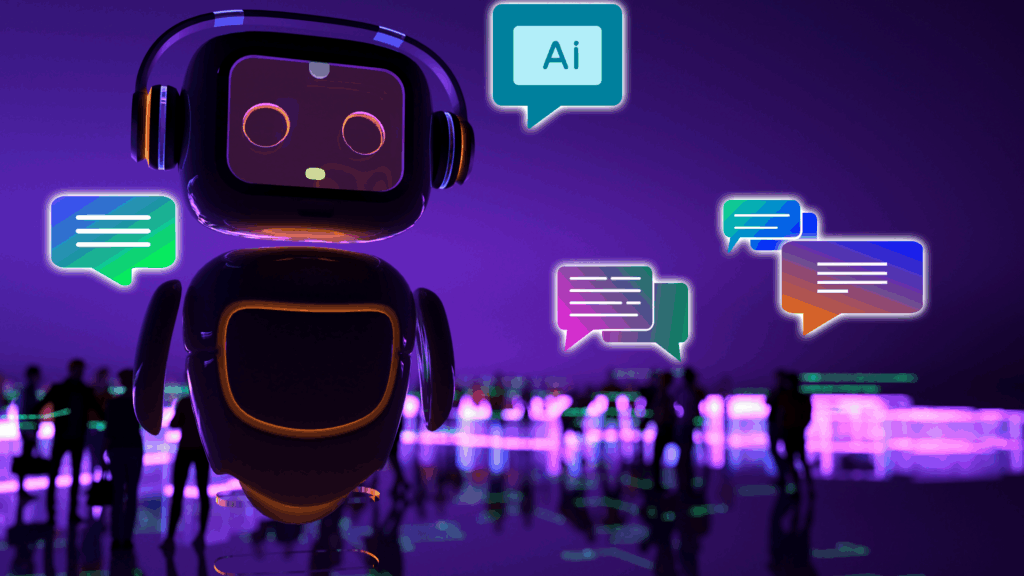
2. How Conversational AI Has Worked in Enterprises (and its Limitations)
To appreciate where we’re going, it helps to trace how conversational AI has been applied in enterprises to date and why many deployments struggle to scale.
2.1. Traditional Chatbot Deployments
Many early enterprise conversational systems were rule-based chatbots. These relied on keyword matching, decision trees, or simple pattern recognition: if a user asked “What is my balance?”, a path in the tree would map that to a scripted response or a lookup. These systems are predictable and safe, but limited.
Typical features and constraints:
- Intent classification & entity extraction: A classifier maps user input to one of a finite set of intents; entity extractors identify parameters like dates, account IDs, etc.
- Template-based responses: Answers are predefined, often with placeholders (e.g. “Your balance is {amount}”).
- Weak context handling: They struggle to maintain context across conversational turns or ambiguous references.
- High maintenance: As business logic or content evolves, scripts must be manually updated.
These systems do well for straightforward, narrow domains, but break under complexity, varied phrasing, or evolving knowledge requirements.
2.2. Hybrid and Retrieval-Augmented Approaches
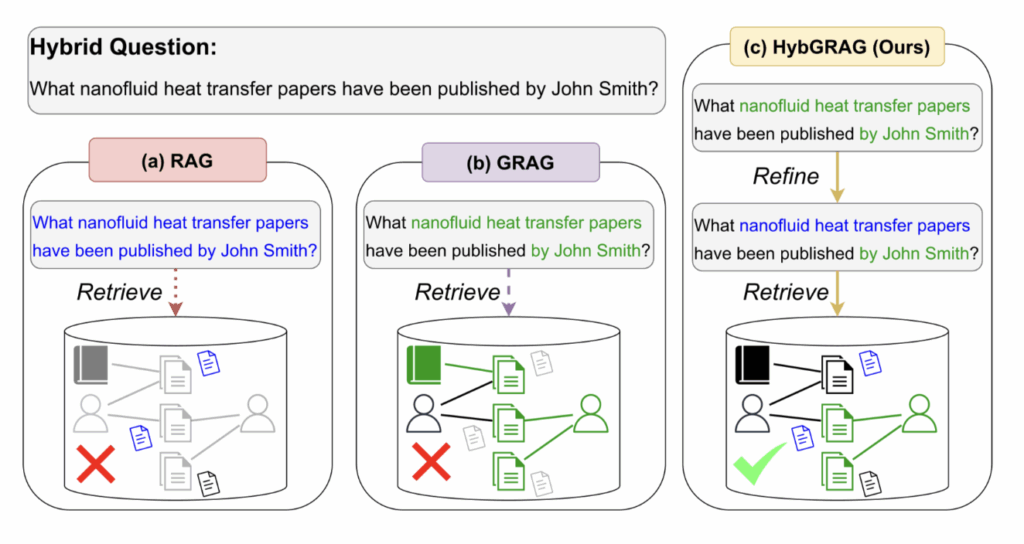
As natural language models matured, enterprises began layering more intelligence:
- Hybrid systems: Combine rule-based logic for common queries (high confidence) and fallback to more flexible models for ambiguous input.
- Retrieval-Augmented Generation (RAG): Systems fetch relevant documents or excerpts from a knowledge base and feed them to a generative model to produce coherent answers.
Recent research shows hybrid routing (deciding dynamically whether to use a cached/template answer or a retrieval + generation pipeline) can yield high accuracy while controlling latency. For instance, a 2025 paper proposed a framework with dynamic routing and feedback adaptation, achieving ~95% accuracy with ~180 ms response latency. (Priyaranjan Pattnayak, 2025)
These hybrid methods mitigate hallucination (the tendency of generative models to invent facts) and improve robustness, while still allowing flexibility.
2.3. Contact Center AI (CCAI) and Early Enterprise Assistants
In customer service, enterprises have developed Contact Center AI systems, which layer conversational AI on top of existing service infrastructure (ticket systems, CRM, knowledge bases). Key enhancements over simple chatbots include:
- Sentiment and emotion detection to respond adaptively
- Escalation logic and smooth human handoff with context preservation
- Omnichannel support (chat, voice, email)
- Integration with backend systems (e.g. pulling CRM records, updating tickets)
Yet, many CCAI solutions remain largely reactive: they answer queries but rarely initiate or orchestrate processes autonomously.
Thus, while many enterprises have deployed chatbots or CCAI, few have moved to truly intelligent assistants that collaborate, reason, and act.
3. Emerging Trends in Conversational AI in Enterprises
It lies in evolving these earlier systems into robust, autonomous assistants. Below are key trends shaping this transition:
3.1. Proactive & Generative Behavior
Next-generation assistants won’t wait for questions. Instead, they will proactively suggest insights, reminders, or summaries. They may generate draft emails, reports, or action plans based on real-time data and user context. This shift moves the system from passive responder to co-worker.
3.2. Contextual & Long-Memory Dialogue
Maintaining context over long, multi-step conversations is crucial. Innovations in hierarchical or segmented memory systems allow a model to remember across sessions (e.g., user preferences, past topics). This improves coherence and personalization.
3.3. Modular & Multi-Agent Architectures
Instead of a monolithic model, enterprises are exploring specialized agents (for scheduling, analytics, knowledge lookup, transaction orchestration) coordinated by a meta-agent. This decomposition helps scale, isolate failure modes, and improve domain specialization.
3.4. Deep Systems Integration & Automation
To be truly useful, conversational assistants must connect with enterprise systems—ERP, HR platforms, ticketing, databases, and analytics engines. They should be able to trigger workflows, read/write data, schedule tasks, or initiate transactions based on conversation. In effect, conversation becomes an orchestration layer over enterprise processes.
3.5 Trust, Explainability & Governance
As AI gets closer to core operations, model transparency, audit trails, bias control, and version governance become non-negotiable. Enterprises demand that generated responses are explainable (“why did you respond this way?”) and grounded in verifiable sources.
3.6. Emotional Intelligence & Human-Centered Design
More intelligent systems are being trained to detect sentiment, frustration, or urgency, and adjust responses accordingly. Empathy, tone modulation, and safeguards are critical, especially in sensitive domains like finance, healthcare, or HR.
3.7. Low-Latency Voice & Multimodal Agents
Modern conversational systems are increasingly voice-first or multimodal (text + voice + images). For real-time voice systems, researchers are designing pipelines with streaming ASR (speech-to-text), quantized LLMs, and real-time TTS to support conversational latency under 1.0 real-time factor (Vignesh Ethiraj et al, 2025)
4. Use Cases Inside the Enterprise
Conversational assistants are no longer limited to customer support. Enterprises are deploying them for:
- Internal knowledge access (HR policies, technical documentation)
- Onboarding and employee training
- Technical troubleshooting via AI agents (e.g., diagnosing system failures)
- Compliance assistants (navigating regulation, audits)
- Sales support and RFP automation
For instance, a framework for agentic AI in technical troubleshooting weights multiple sources dynamically to resolve complex issues. (From Agentic AI-Driven Technical Troubleshooting for Enterprise Systems)
Thus, conversational AI is becoming a utility across every department, not just a contact center tool.
4. Verysell AI’s Conversational Solutions: VeryChat and VERA
In this evolving landscape, Verysell AI positions itself as a player delivering enterprise conversational solutions. Their offerings, including VeryChat (a knowledge management chatbot) and VERA (a more advanced AI agent for customer support), illustrate how one vendor maps the trajectory from chatbot to assistant.
VeryChat: Enterprise Knowledge Management
VeryChat is designed as an enterprise knowledge management conversational interface. Its goal is to enable users to interact naturally and retrieve, explore, or clarify organizational knowledge.
Key features:
- Integration with internal document repositories (structured and unstructured)
- NLP-driven query understanding and contextual response
- Support for multi-turn conversation (clarification, follow-up queries)
- Analytics dashboard to monitor usage and identify gaps
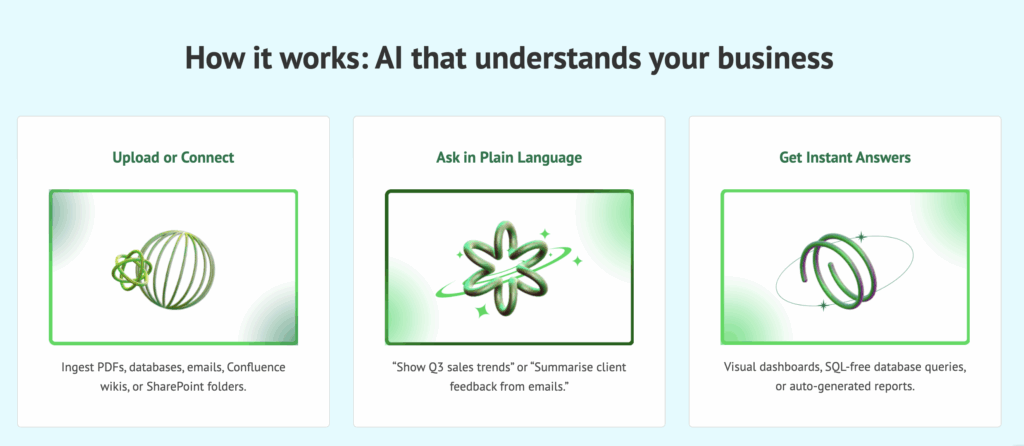
As a knowledge-layer chatbot, VeryChat helps mitigate the classic enterprise challenge of information silos and “lost knowledge” by making policy, process, and documentation accessible conversationally.
VERA: Customer Support Operations
VERA is Verysell’s AI agent for customer-facing scenarios. It aims to elevate conversational solutions beyond simple support bots to more autonomous, integrated assistants. Some outstanding features of VERA:
- Real-time data retrieval across systems
- Multilingual support
- Automated ticketing integration
- Speech-to-speech (voice) interaction support
VERA thus bridges the gap: customer interactions, backend system integration, and conversational interface.
Conclusion: Conversational AI as the Heart of the Intelligent Enterprise
The future of Conversational AI goes far beyond simple chatbots. It is shaping a new enterprise reality where digital assistants understand, learn, and collaborate at scale. With advancements in generative AI, contextual learning, and knowledge integration, conversational systems are becoming central to enterprise innovation and productivity.
As organizations continue to invest in digital transformation, conversational AI will serve as a strategic enabler, enhancing communication, unifying data access, and empowering decision-making across all levels of the enterprise.
Verysell AI’s conversational solutions stand as a prime example of this transformation. By combining conversational intelligence with enterprise data and automation, it enables organizations to unlock their full digital potential.
Ready to Transform Your Enterprise with Conversational AI?
Discover how VERA and Verychat by Verysell AI can help your business harness intelligent automation, boost collaboration, and enhance knowledge management.
Contact us today to explore a custom conversational AI strategy for your enterprise.


